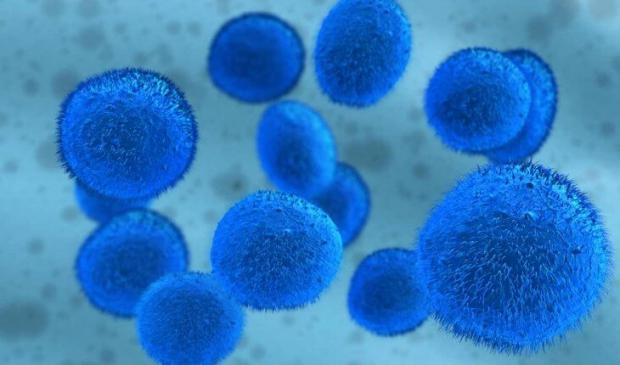
Breaking News
 MELANIA, the film, exclusively in theaters worldwide on January 30th, 2026.
MELANIA, the film, exclusively in theaters worldwide on January 30th, 2026.
 Hospitals murdered COVID patients. The more they killed, the more money they made.
Hospitals murdered COVID patients. The more they killed, the more money they made.
Top Tech News
 This tiny dev board is packed with features for ambitious makers
This tiny dev board is packed with features for ambitious makers
 Scientists Discover Gel to Regrow Tooth Enamel
Scientists Discover Gel to Regrow Tooth Enamel
 Vitamin C and Dandelion Root Killing Cancer Cells -- as Former CDC Director Calls for COVID-19...
Vitamin C and Dandelion Root Killing Cancer Cells -- as Former CDC Director Calls for COVID-19...
 Galactic Brain: US firm plans space-based data centers, power grid to challenge China
Galactic Brain: US firm plans space-based data centers, power grid to challenge China
 A microbial cleanup for glyphosate just earned a patent. Here's why that matters
A microbial cleanup for glyphosate just earned a patent. Here's why that matters
 Japan Breaks Internet Speed Record with 5 Million Times Faster Data Transfer
Japan Breaks Internet Speed Record with 5 Million Times Faster Data Transfer
 Advanced Propulsion Resources Part 1 of 2
Advanced Propulsion Resources Part 1 of 2
 PulsarFusion a forward-thinking UK aerospace company, is pushing the boundaries of space travel...
PulsarFusion a forward-thinking UK aerospace company, is pushing the boundaries of space travel...
 Dinky little laser box throws big-screen entertainment from inches away
Dinky little laser box throws big-screen entertainment from inches away
 'World's first' sodium-ion flashlight shines bright even at -40 ºF
'World's first' sodium-ion flashlight shines bright even at -40 ºF
Breakthrough Gel for growing large quantities of neural stem cells

The first challenge is that growing stem cells in quantity requires space. Like traditional farming, it is a two-dimensional affair. If you want more wheat, corn or stem cells, you need more surface area. Culturing stem cells, therefore, requires a lot of relatively expensive laboratory real estate, not to mention the energy and nutrients necessary to pull it all off.
The second challenge is that once they've divided many times in a lab dish, stem cells do not easily remain in the ideal state of readiness to become other types of cells. Researchers refer to this quality as "stemness." Heilshorn found that for the neural stem cells she was working with, maintaining the cells' stemness requires the cells to be touching.
Heilshorn's team was working with a particular type of stem cell that matures into neurons and other cells of the nervous system. These types of cells, if produced in sufficient quantities, could generate therapies to repair spinal cord injuries, counteract traumatic brain injury or cure some of the most severe degenerative disorders of the nervous system, like Parkinson's and Huntington's diseases.

 The Prime Directive is Evil
The Prime Directive is Evil
 Don't Worry About Bitcoin
Don't Worry About Bitcoin

